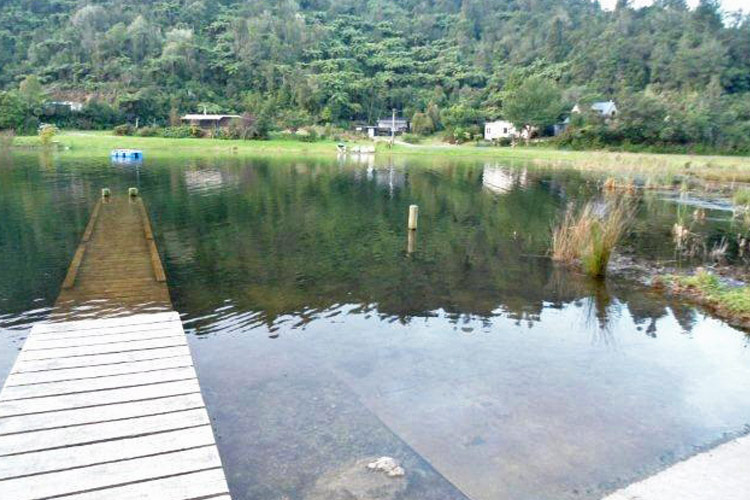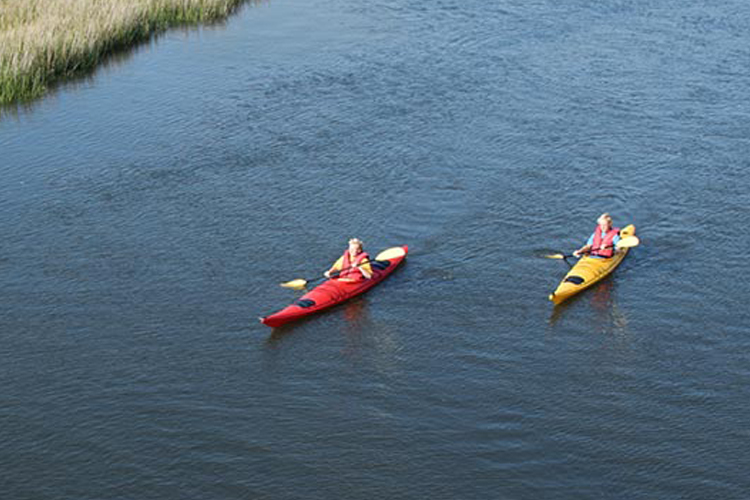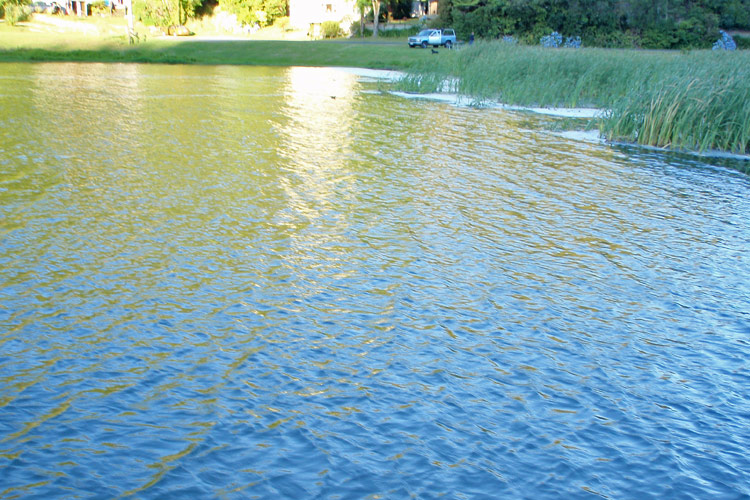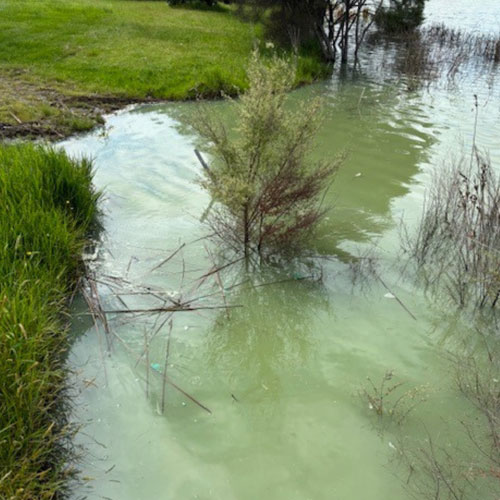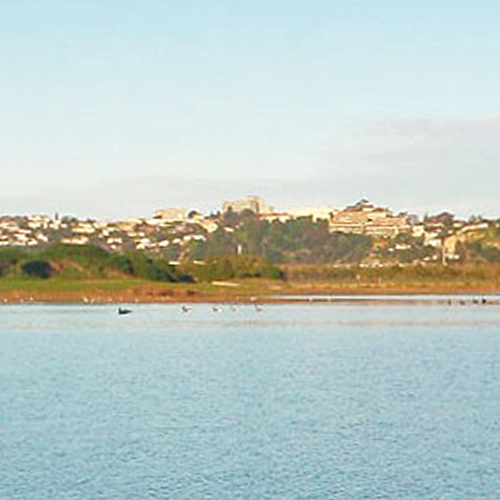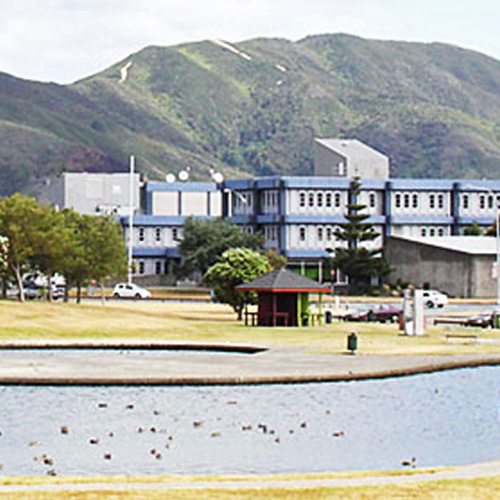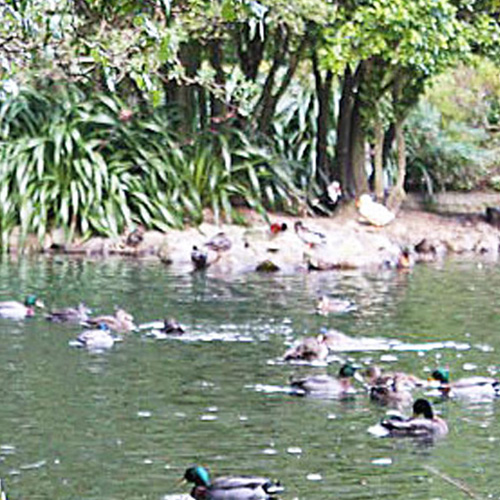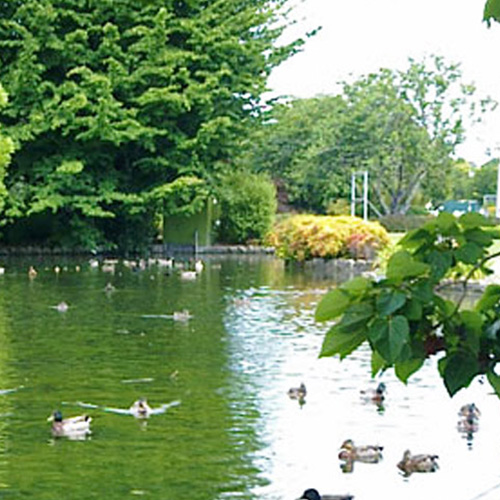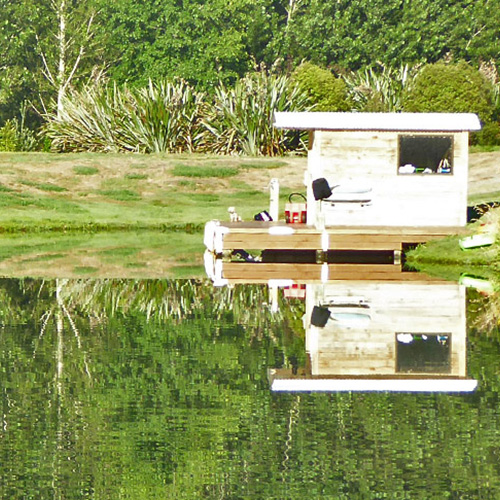Case Studies
Otautu Bay - Lake Rotoehu
Bay of Plenty Regional Council
Background
Lake Rotoehu is one of the eutrophic lakes of Rotorua and was selected as a trial site for a Parklink remedial treatment programme. The lake suffers from strong algae blooms, particularly of blue green algae or Cyano-bacteria due to its elevated nutrient status.
The Bay of Plenty Regional Council asked Parklink to undertake the trial at Otautu Bay in Lake Rotoehu, a secluded bay that is surrounded by residential dwellings, and has a boat shed and boat ramp.
Otautu Bay was chosen for the trial because of its accessibility and due to its shallow, enclosed nature. The inlet area is approximately 12,000m², with an average depth of 1.5 metres. The inlet is influenced by prevailing south westerly winds and can often have a build up of the exotic macrophyte Ceratophyllum demersum (Hornwort). It also had a build-up of rich sludge on the bottom.
Parklink’s treatment programme began in October 2010 and has been run each summer for the past three years, with a steady improvement in water quality. A wildlife monitoring plan was also put in place to ensure the treatment was not harmful to animals.
The Results
Residents in the area began swimming again in Otautu Bay during the first treatment season. Most had stopped swimming due to the water quality and toxic algae blooms. After the second season of treatment, water quality remained excellent and there was a significant reduction in sediment from 300-400mm to around 50mm or less.
Otautu Bay is shaped like a finger off the main lake. As such the area is subjected to nutrient contamination from the other lake areas where any contaminations coming in to the bay have little chance of being flushed out. Therefore the nutrients arriving into the bay tend to accumulate. Under these conditions the Otautu Bay is undergoing a small treatment program during each warm season to keep these nutrients at levels that will help maintain the excellent water quality.

